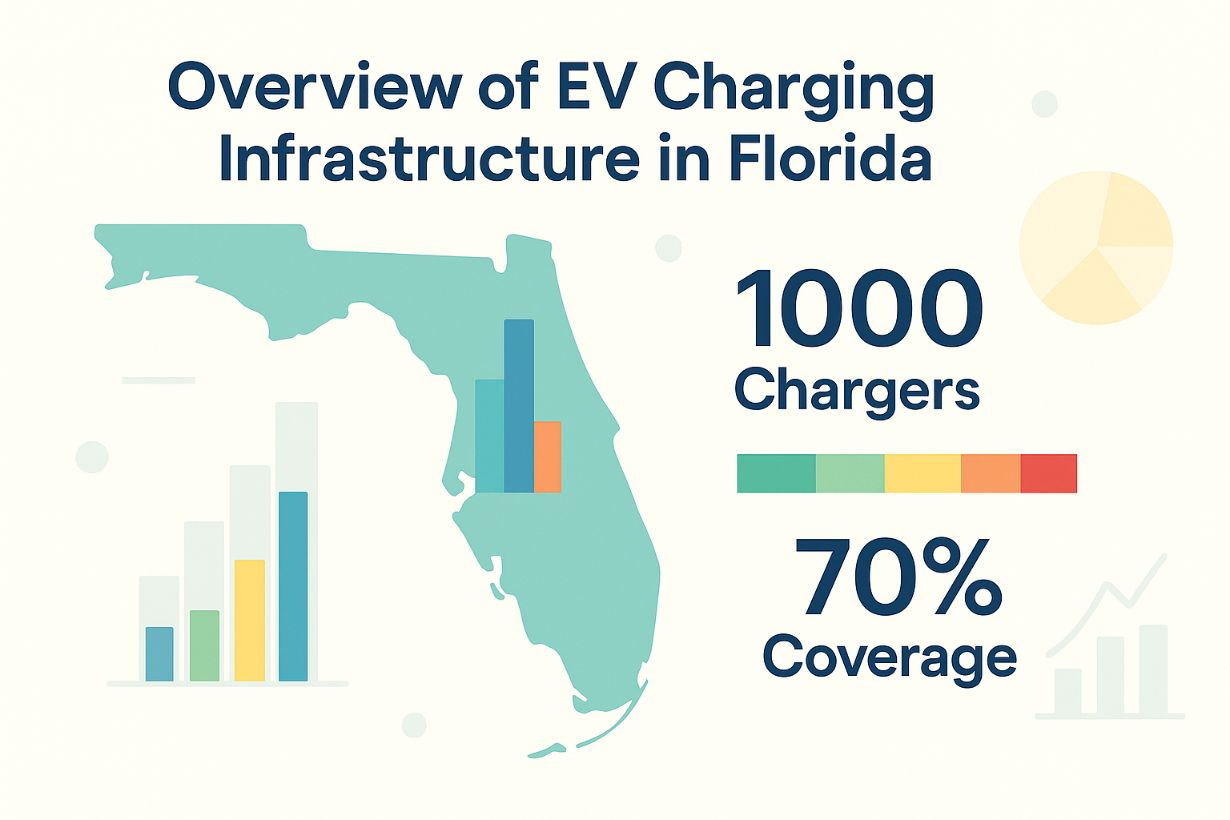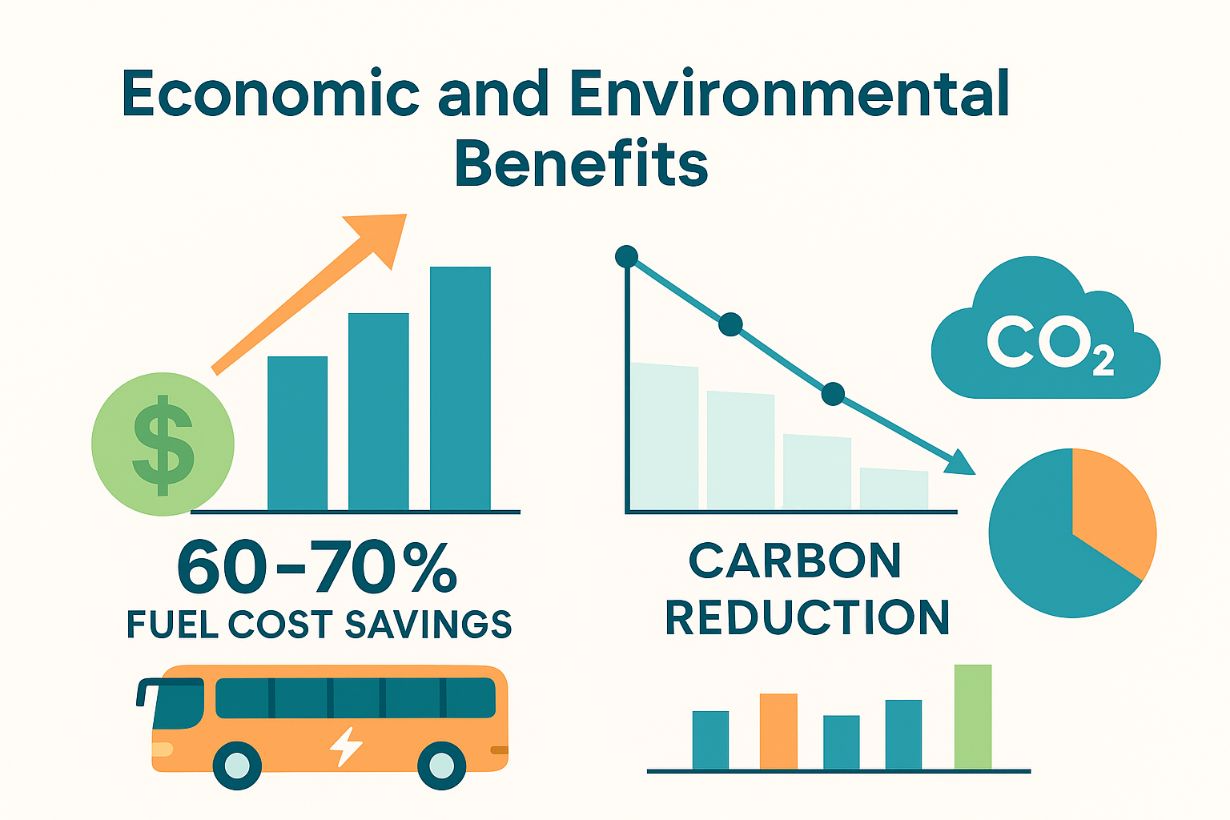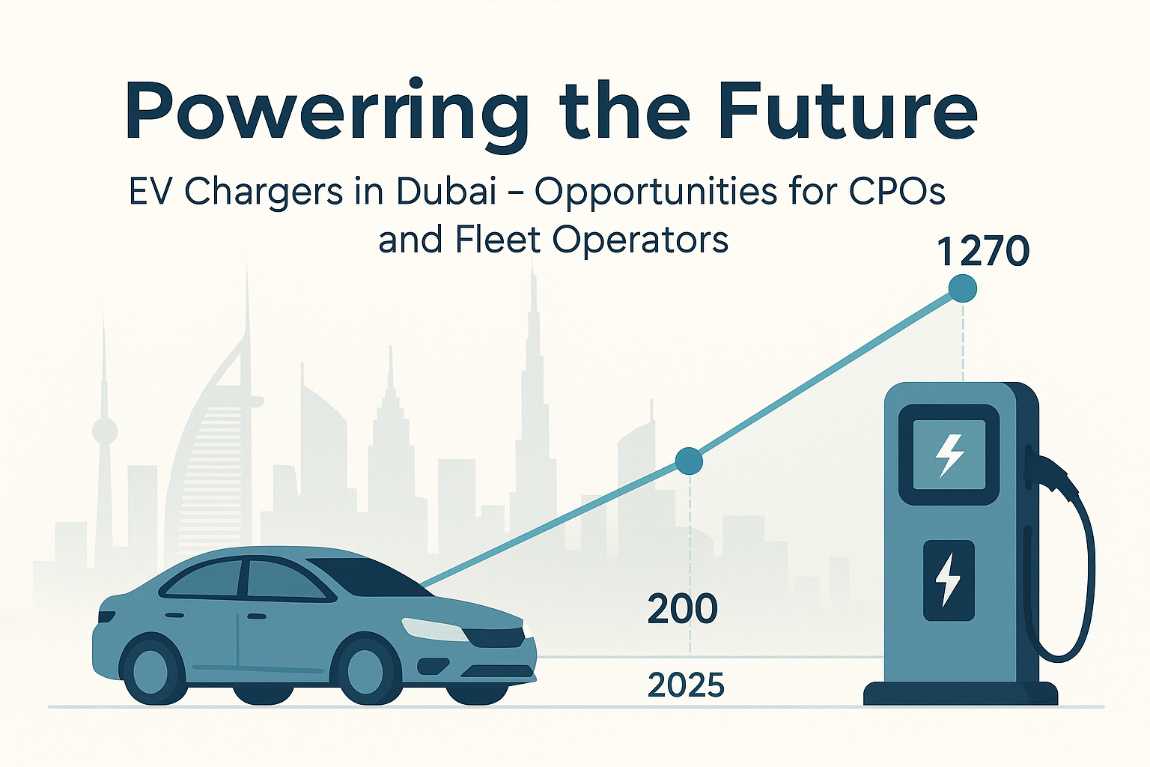Developing a robust charging ecosystem is quickly becoming the linchpin of Florida’s electric-mobility ambitions. Whether you operate a public charging network or manage a growing fleet, understanding how to plan, install and run high-performance chargers will shape your long-term profitability. The following guide distils hard-won lessons from large-scale projects elsewhere and translates them into actionable insights you can apply across the Sunshine State.
Overview of EV Charging Infrastructure in Florida

Florida already sits near the top of national EV adoption tables, yet the density of chargers still lags behind demand in many corridors. Coastal cities enjoy reasonable coverage, but inland routes and rural communities can leave drivers anxious about range. For you as a Charge Point Operator (CPO) or fleet manager, that gap presents both risk and opportunity.
The risk is stranded capital: choosing the wrong sites or technologies can lock you into low utilisation. The opportunity lies in well-placed, future-proof hubs that secure first-mover advantage. Strong grid connections, proximity to major arterial roads and dwell-time venues such as shopping centres remain the usual siting criteria. However, Florida adds a hurricane-prone climate and high humidity that demand additional resilience in charger enclosures, cabling and data systems. A robust maintenance plan therefore becomes as critical as the initial build-out.
Types of EV Chargers Available
High-capacity DC quick chargers
Large transport fleets cannot afford multi-hour dwell times. The experience from a pioneering e-bus project overseas shows that 150 kW DC quick chargers dramatically cut turnaround times and keep vehicles in revenue service. Units at this power level typically add 100–150 km of range in well under 30 minutes, an essential feature when buses or delivery vans must return to the road on schedule. Learn more about how DC fast charging optimises uptime and revenue generation.
AC versus DC charging
- AC chargers (Level 2) convert mains electricity on board the vehicle. They are cost-effective for depot or overnight scenarios but seldom exceed 19 kW.
- DC chargers perform the conversion in the station itself. Power levels from 50 kW up to 350 kW are now mainstream, making them better suited to public corridors, transit hubs and high-turnover fleet yards.
Benefits for public transport and private use
Quick chargers shrink fleet downtime, widen route planning flexibility and enhance customer satisfaction by reducing wait times. The same infrastructure also supports private EV drivers, providing a secondary revenue stream during off-peak fleet operations. For CPOs, that dual-use model helps smooth utilisation curves and shortens payback periods. Explore how EV fleet charging management can make this model even more efficient.
Installation and Maintenance of Charging Stations
Key considerations before you break ground
- Grid capacity and interconnection lead times: utilities in Florida may require 12–24 months for upgrades at strategic sites. Engage early to lock in transformer capacity.
- Environmental resilience: specify IP-rated enclosures, surge protection and remote diagnostics to handle tropical storms and salt-laden air.
- Software integration: open-protocol back-end platforms allow dynamic load management, billing and asset monitoring across multiple vendors.
Why maintenance matters
Field data from large bus depots shows that preventative maintenance halves unplanned downtime. Activities include thermal imaging of cables, firmware updates and filter replacement to prevent humidity-induced corrosion. Budgeting 4–6 % of capital cost per year for service contracts keeps uptime above the 97 % threshold required by most fleet warranties.
Cost profile
Installation outlays break down into roughly:
- 55 % equipment (chargers, switchgear, cabling)
- 30 % civil works and electrical contracting
- 15 % grid-connection fees and soft costs (permits, engineering, commissioning).
Economies of scale appear quickly; doubling the number of dispensers at one site rarely doubles the price. Spreading a single transformer across several parking bays is typically more economical than deploying multiple small sites. If you’re considering cost optimisation, off-grid solar EV chargers can also reduce grid dependency and unlock incentives.
Economic and Environmental Benefits

Cleaner air and reduced operating expenses sit at the heart of every electrification business case. The international e-bus deployment referenced earlier cut carbon emissions “by a considerable amount” and slashed fuel spend to a mere fraction of the diesel baseline. In Florida, where electricity prices remain stable and petrol costs fluctuate widely, the equation is just as compelling:
- Lower fuel costs: energy per mile for an EV bus or van can be 60-70 % below the diesel equivalent.
- Lower maintenance: fewer moving parts reduce workshop time and extend service intervals.
- Carbon reduction: every kilowatt-hour of electricity substituted for a gallon of diesel equates to about 9 kg of CO₂ avoided, supporting municipal sustainability goals.
Additionally, hosting high-speed chargers drives footfall to nearby amenities and positions your network as a visible symbol of clean transport leadership—vital for public-facing fleets and CPO brands alike.
Case Study: Implementation of an E-Bus Project
When a municipal operator in western India set out to electrify its fleet, it faced multiple hurdles: no existing charging infrastructure, high upfront costs and uncertainty around charger maintenance. A global power-electronics supplier stepped in with a turnkey solution—11 units of 150 kW DC quick chargers coupled to a cloud platform for asset monitoring. Within months, 40 electric buses began serving the city’s busiest corridors.
Key takeaways for Florida operators
- Build partnerships early: pairing a technology vendor with a charge-management platform provider accelerated deployment.
- Scale for tomorrow: installing high-capacity units from day one allowed future fleet growth without retrofits.
- Monitor relentlessly: remote diagnostics flagged anomalies before they cascaded into downtime, keeping on-route availability high.
Applying these lessons locally can help Florida transit agencies and private fleets compress learning curves and sidestep costly mis-steps. See how IoT-driven fleet charging enhances monitoring and uptime.
Overcoming Challenges in EV Infrastructure Development
Addressing site selection gaps
The most common Florida-specific pain point is charger “deserts” between tourist coasts and rural heartland. Layer demographic data, traffic counts and utility upgrade plans to prioritise build-outs that close these gaps. Pulse Energy has recently deployed such analytics to great effect, enabling CPOs to rank sites by return on invested capital.
Tackling high installation costs
Capital expenditure tends to peak when you oversize single assets. A modular approach—installing shared power cabinets that feed several dispensers—lets you start small and expand as utilisation grows. Pairing chargers with behind-the-meter solar or storage can also unlock federal investment tax credits, easing the budget burden.
Ensuring smooth operations
Predictive maintenance platforms analyse charger telemetry, ambient temperature and usage patterns to recommend service windows before faults arise. Contractual uptime guarantees with your service provider create accountability, while spares held locally shorten repair times after major weather events. Learn more about EV charging technology shaping these advancements.
Frequently Asked Questions
Q1. What is EV charging Florida?
EV charging Florida refers to the network of AC and DC stations that supply electricity to electric vehicles across the state, from urban hubs to highway corridors. Learn about evolving EV charging standards shaping this network.
Q2. Who fits EV chargers near me?
Specialist electrical contractors certified by manufacturers and licensed in Florida handle installation, often working alongside CPOs and fleet operators to secure permits and utility connections.
Q3. How long does a 150 kW DC quick charger take to refuel an electric bus?
In typical conditions, 20–30 minutes delivers enough energy for 100–150 km of additional range, allowing buses to re-enter service during driver breaks. Read more about EV charging time here.
Q4. Where should I place my first depot chargers to maximise utilisation?
Focus on locations with long vehicle dwell times, minimal grid-upgrade requirements and easy driver access—maintenance yards or overnight parking lots often tick all three boxes.
Q5. What measurable benefits can I expect versus diesel?
Operators in comparable projects report fuel-cost savings of up to 70 % and significant reductions in CO₂ emissions, helping meet both budgetary and sustainability targets.
Q6. My DC chargers show intermittent faults in humid weather—what should I check first?
Verify that air filters and seals remain intact, inspect for corrosion on high-current connectors and update firmware; high humidity can disrupt sensors and lead to false alarms if not addressed promptly.
Ready to optimize your EV charging experience in Florida? Discover how Pulse Energy's innovative charging software can help you maximize efficiency and savings—visit us at pulseenergy.io for more insights!


.jpg)





